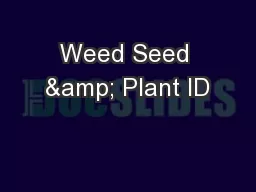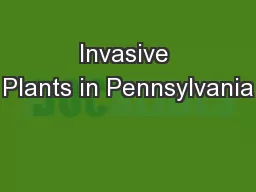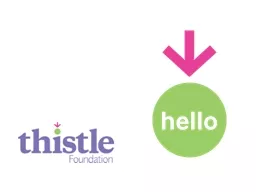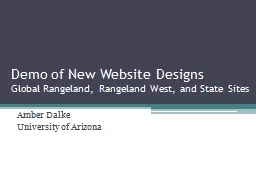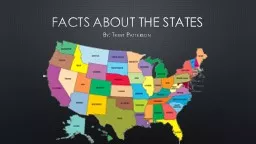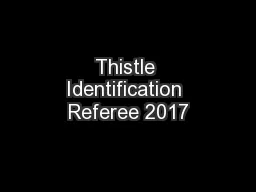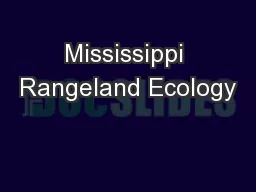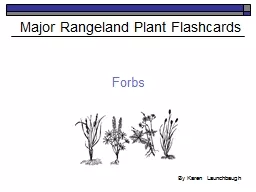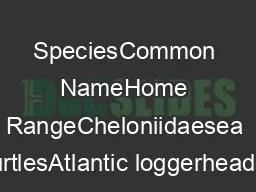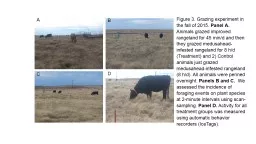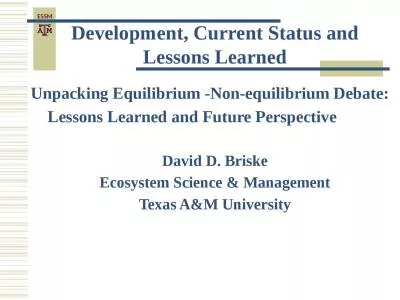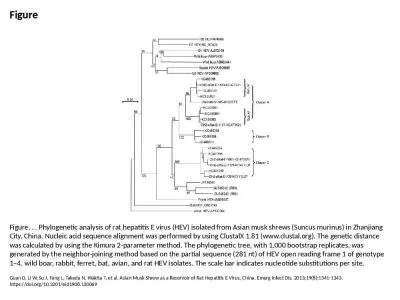PPT-Musk Thistle Management In Rangeland Environments
Author : faustina-dinatale | Published Date : 2017-07-02
John Coyle Blue Creek Ranch Cimarron Colorado Content Determining the extent of the problem using geostatistical analysis Herbicide research The Problem Inverse
Presentation Embed Code
Download Presentation
Download Presentation The PPT/PDF document "Musk Thistle Management In Rangeland Env..." is the property of its rightful owner. Permission is granted to download and print the materials on this website for personal, non-commercial use only, and to display it on your personal computer provided you do not modify the materials and that you retain all copyright notices contained in the materials. By downloading content from our website, you accept the terms of this agreement.
Musk Thistle Management In Rangeland Environments: Transcript
Download Rules Of Document
"Musk Thistle Management In Rangeland Environments"The content belongs to its owner. You may download and print it for personal use, without modification, and keep all copyright notices. By downloading, you agree to these terms.
Related Documents


